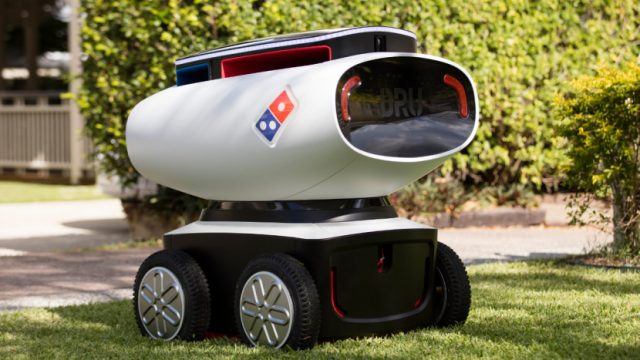
Technology is changing the way we interact with companies like Domino's, for sure. (credit: Domino's)
The US Supreme Court last week formally declined to weigh in on an argument that the Americans with Disabilities Act should not apply to websites and digital storefronts, leaving intact a lower ruling finding that the ADA does, indeed, apply to digital space. Internet and Web users with disabilities, as well as advocates for accessible design, are breathing a sigh of relief.
Accessibility in the digital space has come a great distance in a relatively short time, in many ways opening up the entire digital economy of the 21st century to millions of users. But the fact that one company—Domino's Pizza—could try taking a case for not making its services accessible to the highest court in 2019 makes clear how much work there is left to do to make the online world equitable, both today and in the future.
So although the Domino's case has run out of road, the questions it raises still remain: where does the connected world stand today in terms of accessibility? What does the future look like? Why is the law still unclear on all of this? And what's at stake for any future Domino's followers?
No comments:
Post a Comment